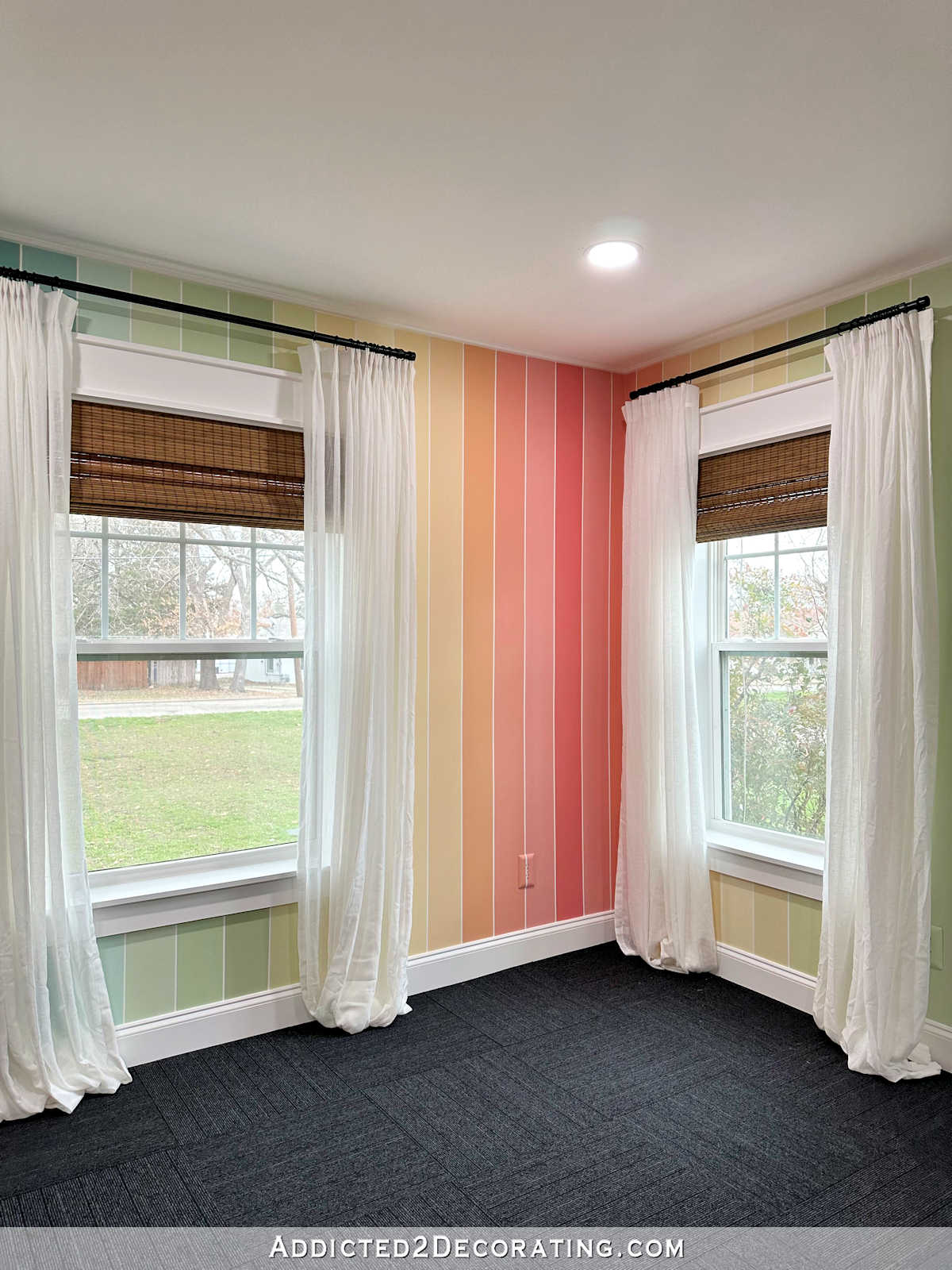[ad_1]
Two of the most destructive types of wildlife in my garden are rabbits and deer. I hesitate to call them pests because they are native wild animals. This is their territory, so I can hardly get angry when they eat what seems like a perfect buffet. Nonetheless, it is difficult to watch the destruction. These are a few of the things I have learned over the years about gardening with vegetarian wildlife.
An Abundance of Wildlife
Overall, I’m glad that I have a lot of wildlife in my yard. I see some newer subdivisions that look so sterile. My neighborhood was built decades ago when developers still created large lots and left natural spaces.
As a result, we get a lot of animals and birds: rabbits and deer, but also foxes, coyotes, hawks, squirrels, opossums, racoons, and more. The foxes and coyotes prey on rabbits, but deer have no natural predators in the area, so we get them in abundance.
A Deer-Resistant Garden
Deer can be very damaging to a garden. They need to eat a lot of greenery to survive, and they don’t respect the boundary between natural space and garden. In winter, they even strip bark off trees to eat. We had an arborvitae that we had to take down eventually because the deer stripped it as far up as they could reach.
Right now, the plants I have that the deer most enjoy are hostas and daylilies. As they emerge in spring, the deer start nibbling. I haven’t replaced them because they take up so much space in my beds. One solution I have had some success with is spraying the leaves with a mixture of water and hot sauce.
The daylilies and hostas came with the house, but since moving in, I have found success with so-called deer-resistant plants. I have put in ferns, bleeding heart, columbine, and coneflower.
Managing Rabbits
Rabbits are awfully cute, and I have to admit that I enjoy seeing them browsing on the seed below the bird feeder at dusk and dawn. My cats like them too. They tend to eat the same plants as the deer, so my daylilies and hostas take a hit. They respond similarly to the hot pepper spray and stay away if I remain vigilant and reapply it regularly.
In the past, I have tried to grow vegetables, but without a fenced enclosure, my veggie bed suffered a lot of losses. A strategy that worked pretty well one year was to plant marigolds around the bed. The rabbits don’t like the smell, and they mostly stayed away. The problem with this is that the amount of flowers needed limits the size of the vegetable garden.
My favorite solution, which I now use every year, is to grow herbs instead of vegetables. I have found that no animals touch my lavender, sage, cilantro, thyme, and other herbs. Instead of growing vegetables, I belong to a local CSA that provides me with a greater variety of veggies than I could ever grow myself.
[ad_2]
Source link








 + Planting String of Watermelon Succulents
+ Planting String of Watermelon Succulents  with Garden Answer
with Garden Answer


